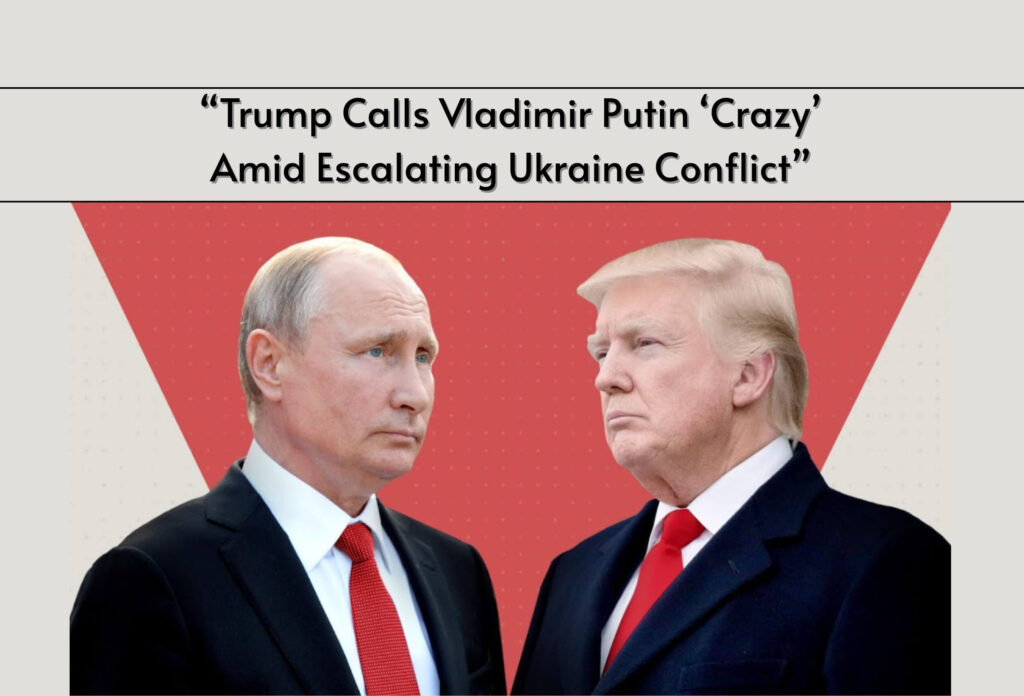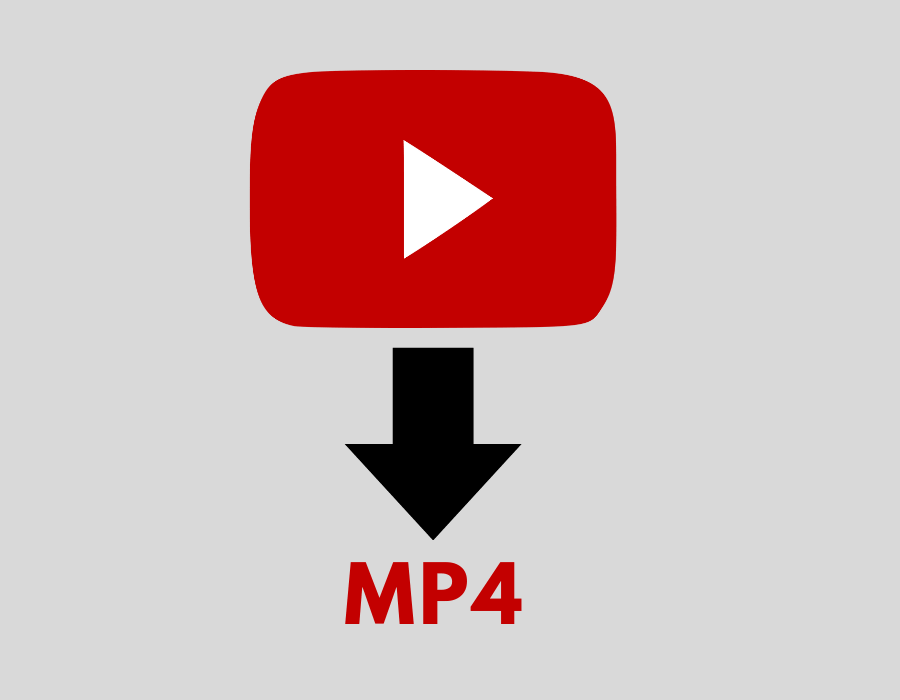The Russia-Ukraine war has entered its fourth year, becoming one of the most impactful geopolitical conflicts of the 21st century. At the center of this prolonged crisis is Vladimir Putin, Russia’s president, whose decisions continue to dictate the direction and intensity of the conflict. This article examines the latest military, economic, and diplomatic developments in May 2025, focusing on key facts, figures, and trends that your audience is actively searching for. Strategic decisions of Vladimir Putin continue to heavily influence the ongoing dynamics of the Russia-Ukraine war in 2025.
Recent Military Escalations: The Largest Aerial Assault
In late May 2025, Russian forces launched the most extensive aerial bombardment since the war began in early 2022. Over the course of a single day, Russia deployed approximately 367 drones and missiles targeting critical infrastructure and population centers in Ukraine. Despite Ukraine’s robust air defenses, which intercepted most projectiles, the assault resulted in at least 13 civilian deaths, including three children, and caused widespread damage in cities like Kyiv, Kharkiv, and Mykolaiv.
These air strikes signal a dramatic escalation in Russia’s war tactics, highlighting an attempt to break Ukrainian resilience ahead of anticipated summer offensives.
Ground Advances and Territorial Control
On the ground, Russian troops have made small but strategic gains, capturing three villages in the Donetsk and Sumy regions. While these advances may seem limited, they are part of a broader push to consolidate control over contested eastern regions. Intelligence reports suggest that Russian forces are massing near Kharkiv, Ukraine’s second-largest city, with plans that could reshape the front lines in the coming months.
Ukraine, meanwhile, continues its counteroffensive efforts but faces logistical challenges due to the intensity of Russian firepower.
The Prisoner Exchange and Stalled Diplomacy
A significant humanitarian event occurred with a 1,000-person prisoner exchange between Russia and Ukraine—the largest since the conflict began. This exchange brought some hope for future diplomatic progress but, unfortunately, the broader peace talks remain stalled.
Russia’s government has shown little willingness to accept a full ceasefire without territorial concessions, while Ukraine insists that negotiations must respect its sovereignty and territorial integrity. Former U.S. President Donald Trump publicly condemned Putin’s recent escalation, calling the Russian president “crazy” for intensifying attacks amid talks.
Economic Pressures: Sanctions and Military Resources
The economic toll on Russia continues to mount. International sanctions have targeted critical sectors such as energy exports, finance, and key shipping routes. Recent sanctions focused on Russia’s “shadow fleet” — a network of over 270 vessels used to circumvent oil export restrictions — could reduce Moscow’s revenue by as much as $50 billion annually.
This economic strain compounds military supply issues. Analysts estimate that Russia is rapidly depleting its stockpiles of Soviet-era weapons and ammunition. Moreover, the human cost is staggering: independent estimates suggest Russian casualties could reach close to one million by the end of 2025, a staggering number that will have long-term societal impacts.
Ukraine’s Strategic Shift: Embracing High-Tech Warfare
Recognizing the limitations of conventional warfare, Ukraine’s military leadership has shifted focus to a high-tech “war of survival.” This includes widespread use of drones, cyber capabilities, and AI-driven intelligence to target Russian supply lines and minimize casualties.
One notable success was a drone strike on a Russian military train transporting fuel through occupied territory, causing a large explosion and halting supplies critical to Russia’s Crimea operations. This shift to smart, technology-driven tactics shows Ukraine’s adaptability and growing support from Western allies supplying advanced equipment.
Public Opinion and Information Warfare
Inside Russia, public support for the war is increasingly fragile. State media maintains a narrative of strength and victory, but independent reports and social media indicate rising war fatigue, especially among younger Russians. Meanwhile, Ukraine enjoys strong international support but faces challenges convincing some Western populations to sustain military aid amid economic concerns.
Both sides have intensified their information warfare, using propaganda and social media campaigns to sway global opinion. The battle for hearts and minds is as crucial as any physical battlefield in this conflict.
The Geopolitical Stakes: What’s Next?
The war’s outcome will affect more than just Ukraine and Russia. NATO countries, the European Union, and the United States are deeply invested in ensuring Ukraine’s sovereignty. At the same time, the risk of broader escalation remains, especially if Russia intensifies attacks or if diplomatic talks collapse completely. Despite increasing international pressure, Vladimir Putin remains steadfast in pursuing Russia’s objectives in the conflict.
Experts suggest the coming months could be decisive. Russia’s buildup near Kharkiv and ongoing drone attacks hint at a possible large-scale offensive. How Ukraine and its allies respond will shape not only the battlefield but also the post-war geopolitical order.
Conclusion
The May 2025 chapter of the Russia-Ukraine war under Vladimir Putin reveals a conflict that is both brutal and complex. With unprecedented aerial strikes, ground advances, and a strained economy, Russia appears determined to press its advantage. However, Ukraine’s pivot to high-tech warfare and sustained international support provide a resilient counterbalance.
For your audience, staying informed about the latest military actions, economic impacts, and diplomatic efforts is essential — this conflict continues to influence global politics and the security of Europe.
Visit our website for more. Click here: “Get Quick Answer“.


